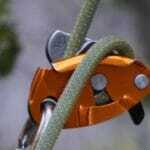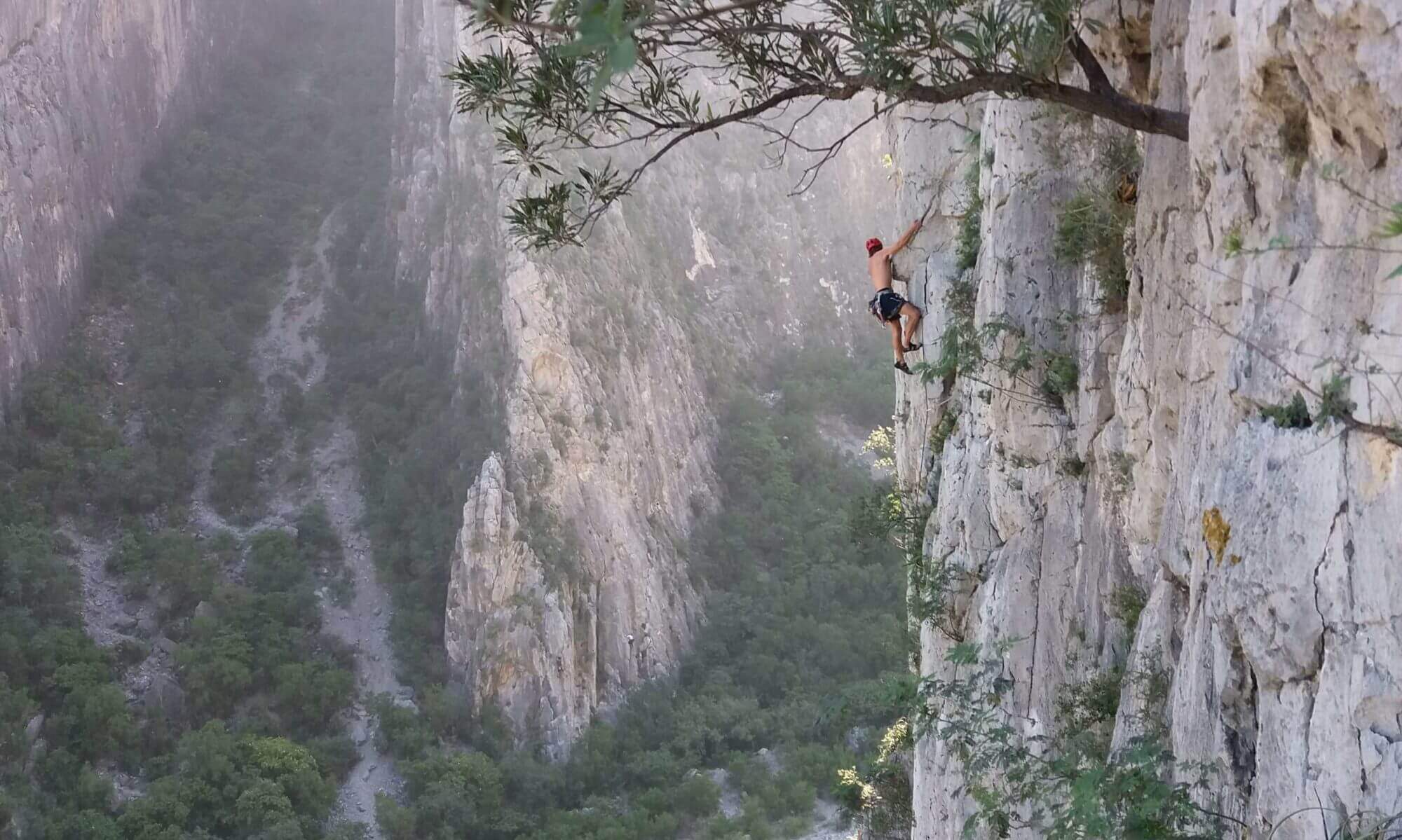Source: Climbing Ropes: How to Choose – REI Expert Advice
How To Choose The Best Climbing Rope
Types Of Climbing Ropes
How to choose the best climbing rope depends on how you intend to use it. There are basically two types of climbing ropes, static and dynamic. You climb with dynamic ropes (sport, trad, or whatever) and you do the hard work such as ascending , rescues or hauling with static ropes. Never use static ropes for top roping or lead climbing as they are not designed for those types of loads.
Dynamic Ropes
Dynamic ropes are designed to stretch and absorb the impact of a falling climber and come in three choices:
- Single Ropes: Best for sport climbing, trad climbing and top roping.
- Half Ropes: Best for wandering routes. As you ascend, clip one rope to protection on the left and the other to protection on the right.
- Twin Ropes: Similar to half ropes. However, with twin ropes, you ALWAYS clip both strands through each piece of protection, just like you would with a single rope.
Single Ropes

Most of you will be using single ropes. Things to consider when choosing a new single rope are length, diameter, fall rating and treatment options.
Length: It really depends on where you’re using it. Ask around to the locals and see what they suggest. Here in Potrero Chico bring a 70m rope.
Diameter: Anything under 9.4mm is considered a skinny rope. It is lighter but not as durable. A more normal range is 9.5mm – 9.9mm. This provides the the best balance of weight, strength and durability. If you are planing on using it primarily for top roping you may want to consider a diameter of 10mm or larger. They have less static elongation (amount that a dynamic rope stretches with an 80kg weight hanging from it) which makes them more appropriate for top rope climbing.
Fall Rating: Single ropes are tested by dropping an 80kg weight onto the rope. All single ropes ropes must withstand a minimum of 5 UIAA falls. A rope that meets the UIAA fall rating standard is considered safe for climbing.
Treatment Options: If you primarily sport climb, a non-dry rope is fine. When a rope absorbs water, it gets heavier and weaker. If the temps go below freezing the rope can become hard to work with. Some ropes have a dry treatment that reduces water absorption.
“Many qualities make up a modern climbing rope. And many nuances make every rope slightly different from one another”
Other Considerations
Other considerations are bi-color sheaths, middle markers and end markers. These can be nice options to help find the middle or the ends but honestly you should be using techniques that don’t rely on such markers. We teach these techniques in our classes.
Static Ropes
These are best for ascending fixed lines and hauling loads. Static ropes are best for situations where you don’t want the rope to stretch, such as when you are lowering an injured climber, ascending a rope, or hauling a bag.
Buy Single Ropes At



